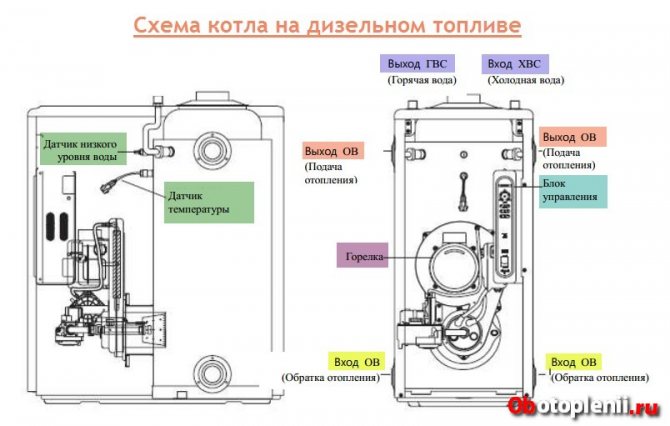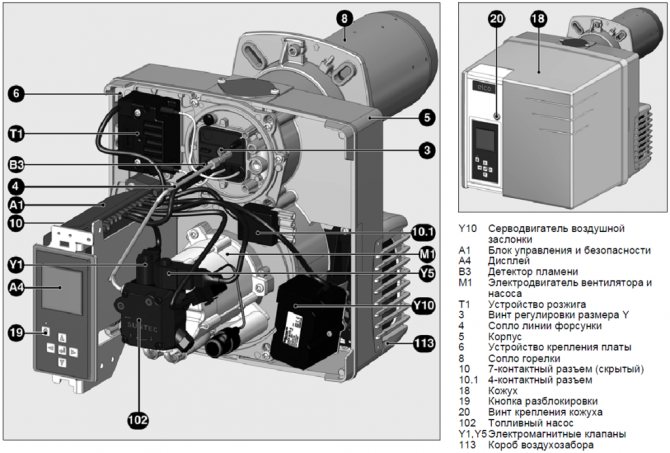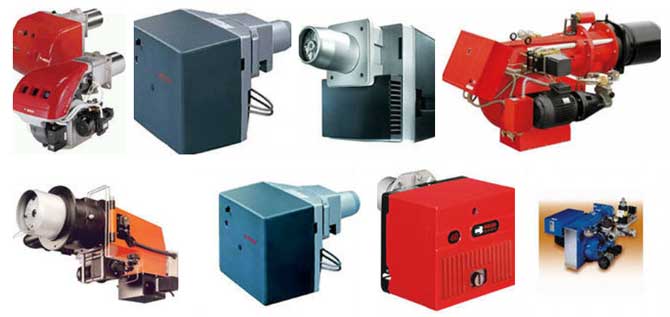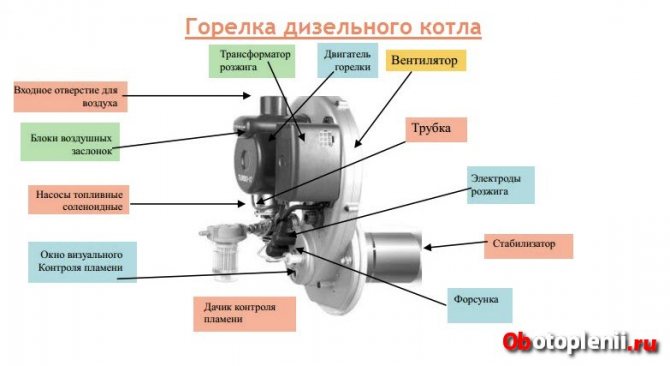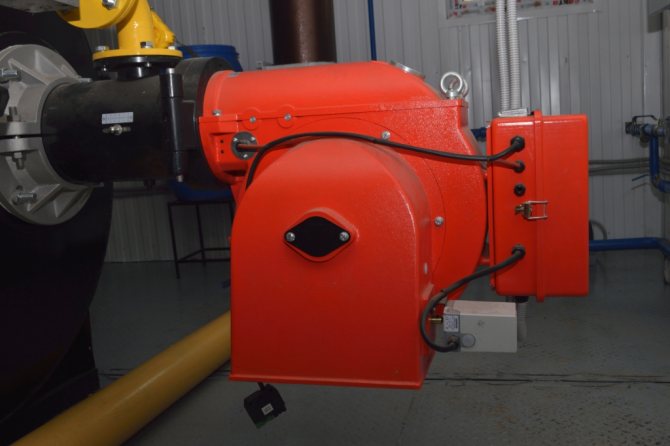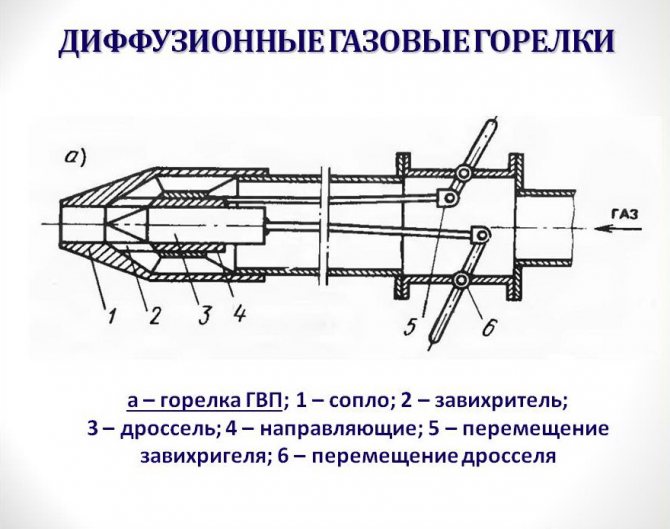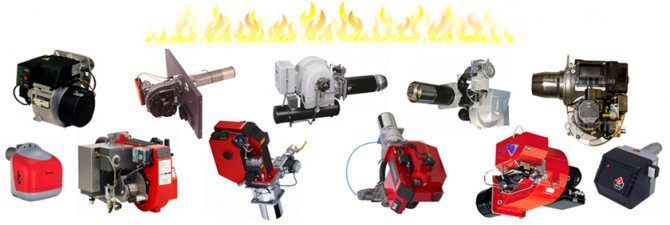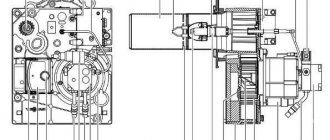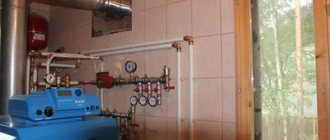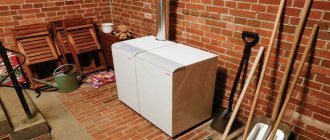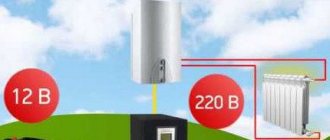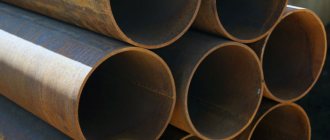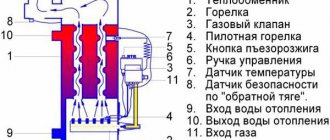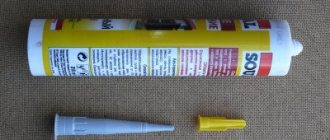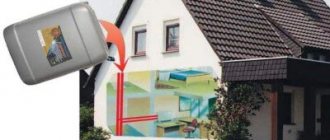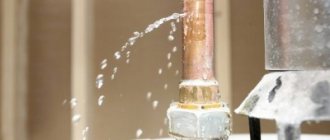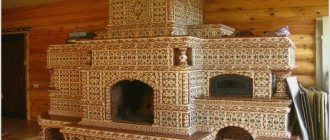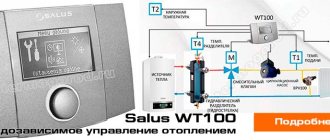The high power of these Kroll burners allows these burners to be used for efficient heating of objects such as medium and large car dealerships, medium and large transport companies, vehicle fleets, etc. The Kroll universal burner can be installed in an existing boiler instead of a gas burner, or used in conjunction with a gas burner to dispose of excess waste oil and save money on heating and waste oil disposal.
Kroll KG / UB 450
Universal oil burner:
- mineral and synthetic used automotive oils;
- oils for automatic transmissions;
- gear oils with viscosity up to 90W according to SAE classification;
- industrial oils;
- hydraulic oils;
- kerosene;
- vegetable oils;
- light and dark heating oil;
- diesel fuel;
- fuel oil;
Power: 174 - 476 kW
Equipment:
- in a package
- compressor
TECHNICAL INFORMATION
Kroll burner - low pressure designed for burning heavy fuel oil, liquid fuels or waste oil in machine shops, garages, etc. These fuels can be fired separately or mixed as required. The burner works on the principle of emulsion or mixing one part of the (primary) combustion air with fuel. Thanks to the emulsion principle, with a good mixing of air and oil already in the compressor, followed by atomization in the nozzle, optimal combustion is obtained, which does not harm the environment, with combustion characteristics in accordance with current regulations. The burner is known in the world for its durability and, as a result, long service life, since all mechanical parts of the compressor (rotor, blades, casing) and the volumetric metering pump (rotor, piston, roller) are made of special heat-treated steel. This feature is most important when using waste oil.
BURNER OPERATING PHASES KG / UB 450 - 900 - 1300
- Pre-wash phase: solenoid valve closed, internal pre-wash, boiler pre-ventilation.
- Switching on: the solenoid valve opens, the burner injects oil and turns on
- Second phase: after about 30 seconds, the second solenoid will open together with the air control micromotor and the second flame will ignite.
- Operation: the burner is now on.
Burner types for liquid fuels
In order to extract heat from liquid fuel, it must be burned, but the flammable liquid must first be prepared - sprayed and mixed with air or evaporated. The better the mixing of air and fuel occurs, the more efficient and economical the boiler will work.
The difficulty of efficient combustion of fuel lies in its variety, because each combustible substance has individual characteristics. In this regard, many different burners have been developed, adapted to the specific type of liquid.
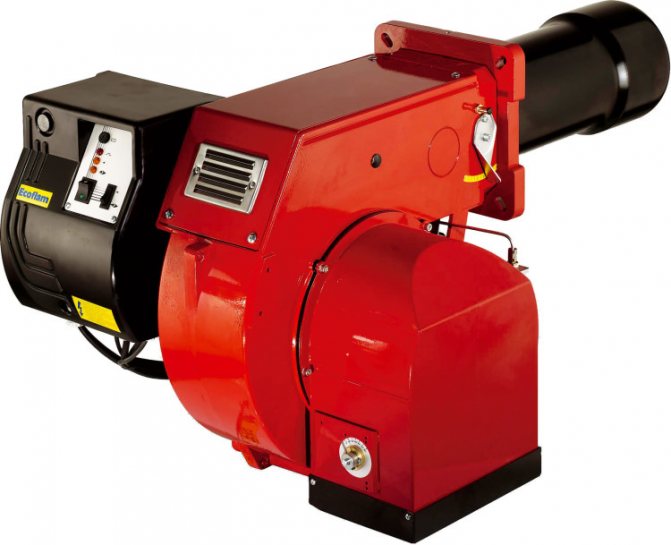
Liquid fuels:
- Petroleum products - heating oil, fuel oil, fuel oil, kerosene, gasoline.
- Oils - shale oil, waste engine oil, vegetable and animal oils.
- Alcohols - ethanol, methanol, propanol.
- Rocket fuel - ethers.
- Emulsions (mixtures) - water-fuel emulsion, oils in gasoline, ethyl alcohol in gasoline.
- Synthetic fuels - from coal, from natural gas, from biomass.
Oil burners differ not only in the type of fuel they burn, but also in their principle of operation. Some spray flammable liquid into millions of small droplets, which mix with air and burn in the boiler's furnace. Other devices vaporize fuel when exposed to high temperatures and burn the resulting vapors. The latter are subdivided into gasification burners and evaporative burners.
Read about the causes of malfunctions in domestic heating boilers here.
On how to deal with scale in the boiler, you will find information on the link -
Also read about maintenance and repair of diesel oil burners.
Universal burners with gasification of liquid fuel are one of the most efficient and economical types of equipment.
The principle of operation consists of several stages: the liquid fuel is pre-filtered and enters the heating chamber, where it is brought to a boil and begins to evaporate. The resulting vapors create pressure in the chamber.
After reaching a certain value, they are fed into the combustion chamber so that when they move, an injection effect is created. This means that the flow of combustible gas (vapors) sucks in combustion air without the need for additional equipment.
conclusions
If in your area, there are problems with gasification, and you cannot get additional power for an electric boiler, and you need heating in the house and you need hot water, then liquid fuel boilers are what you need.
Heating equipment of the "diesel" category is in many respects identical to gas counterparts in their design. But the burners of liquid fuel boilers have structural differences. For example, in household heat generators, they are all pressurized. Only knowing the features of the functioning of the nodes, the possibilities, pros and cons of each modification, it will be possible to choose the best option for a particular unit.
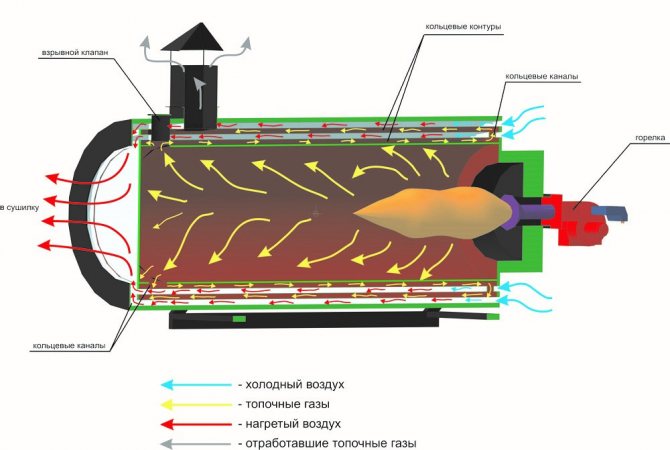

Burner working principle
Liquid fuel goes through several stages of filtration, and then enters the heating chamber. To start the burner, it is necessary to build a fire in the ignition tray. Then the fuel will evaporate and enter the furnace for combustion. At the bottom of the furnace there is a special sump into which drops of unburned fuel, captured by the flow of gas (vapors), flow down.
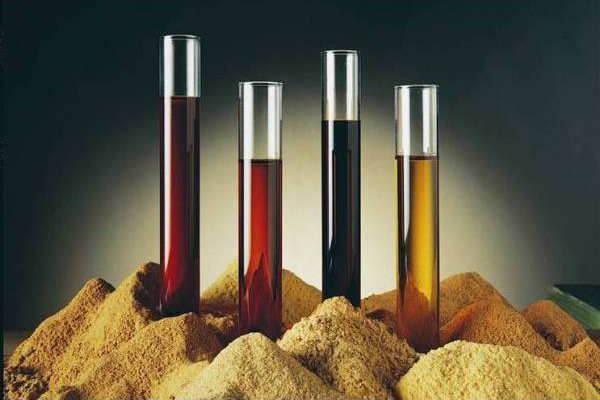

The recommended fuels for combustion in gasification burners are flammable liquids (kerosene and winter diesel fuel grades).
Due to the injection effect, energy is saved, since there is no need to use additional equipment for air injection. In order to improve injection, it is necessary to increase the vapor pressure in the fuel heating chamber, but this will lead to an increase in temperature, which will entail the formation of solid deposits and an increased fire hazard.
As a result of the evaporation of liquid fuels, solid deposits such as coke are formed, which contribute to the clogging of the fuel paths. The rate of their formation can be slowed down by lowering the pressure and temperature of the fuel.
The advantage of gasification burners is the absence of a fan for air injection. But there is also a drawback - an increased fire hazard associated with high pressure and temperature of fuel vapors.
Multi-fuel burners on a hike
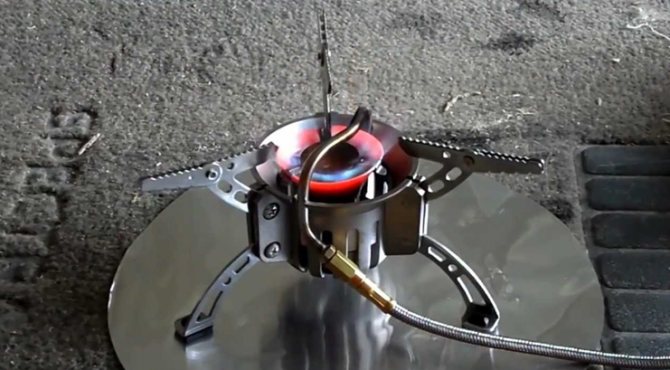

In previous articles, I have already conducted a general overview of modern devices for cooking without a fire, dwelling in more detail on gas burners, as the most common. Integrated cooking systems have been recognized as the most innovative in a separate article.
Now the topic of multi-fuel burners requires independent consideration. To begin with, I propose to clarify the term. "Multi-fuel" is the broadest term, which includes both gas and liquid fuel devices and pure oil burners.Here we will also include those designs that the manufacturer positions as mono-fuel (as a rule, gasoline), since, under certain circumstances, they can often be put on a “new diet” - the fuel that is available.
Let's try to find out when multi-fuel structures gain an advantage over purely gas ones, and most importantly, what features of operation a novice tourist should know about before buying them.
On the Internet there is rather conflicting information on the care and operation of burners using liquid fuels. From "completely problem-free" - nothing gets clogged anywhere, everything is reliable and understandable, to "horror, horror, horror" - did not have time to fill the fuel when the burner was already out of order. So, should a novice tourist, or just a person far from technology (a "classic" modern tourist often work in an office and don't fix a car in a garage on weekends), should contact these obscure artifacts?
To begin with, in some situations you won't get away from liquid fuel burners. After all, if you plan an amazing and wonderful trip somewhere to the edge of geography, where you can't get a gas cylinder and where you need to fly by plane, the question of exploiting such a "beast" will immediately arise. It is also difficult to replace multi-fuel devices at high altitudes and at low temperatures. At minus 20-30 (40-50) degrees from the gas, there is very little sense, but the oil burner works as if nothing had happened.
Let's take a look at the main points related to such devices below.
Installation of liquid fuel burners
There are two fundamentally different designs - burners with a hose and burners with a fuel tank under or to the side of the burner. The latter type is designed to operate, as a rule, on only one type of fuel (gasoline or kerosene), and has the most simple design, which rarely causes problems. Moreover, this design is the least versatile and maintainable. Therefore, it is rarely used in difficult and extreme hikes.


Hose designs differ:
- compactness when folded;
- low weight;
- fully collapsible design;
- stability;
- often have a windscreen in the kit;
- use replaceable fuel cylinders of any convenient capacity.
How difficult is maintenance of the burner on a hike? Experience shows that almost anyone can handle the service. The algorithm for cleaning, assembly and disassembly is quite simple. Many burners have a simple, proven design (there are models that have been produced almost unchanged for more than 20 years, for example, MSR WHISPERLITE international) and consist of a minimal number of parts. If necessary (and such a need for a hike is very rare), it can be completely disassembled and assembled using the tools included in the delivery set.
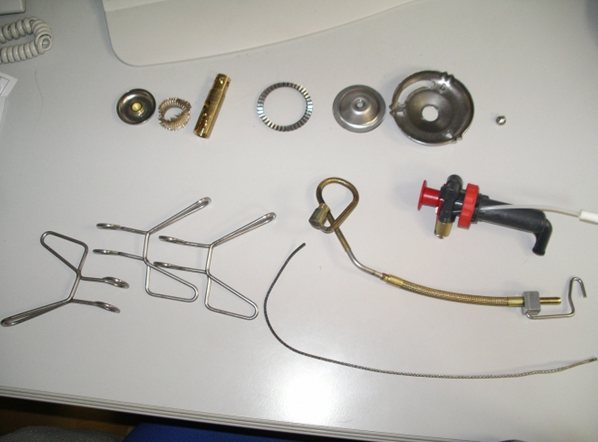

It should also be noted that manufacturers continue to improve their models, working on reliability, noise, maintainability.
So, for example, the system of quick cleaning of the nozzle from MSR called Shaker Jet deserves mention - it is enough to simply knock with the burner on a hard surface / object. At the same time, there is no need to wait until it cools down, and in exceptional cases it can not even be extinguished. In the relatively new model Primus Multifuel, instead of the classic cleaning cable, a short rigid element is installed, which simplifies the operation to remove carbon deposits. The coil of this model is replaced by a brass "forward flow" with a heat accumulator.
Coking. Carbon deposits
The main problem with using these designs is primarily associated with the use of unsuitable fuel.Most of the models on the market from the main manufacturers - Primus, MSR, Covea, OPTIMUS allow you to cook quite calmly on QUALITY, CLEANED fuel. Trouble can begin when you fill the tank with the wrong fuel, which may contain incomprehensible additives and additives. First of all, this applies to high-octane gasoline and winter fuel - there are certainly additives in them. You should also be wary of simply dirty, unrefined fuel from the hinterland. Combustion of such products leads to rapid coking of the fuel line of the burner and its nozzle. Sometimes the use of low-quality fuel completely destroys the burner. No amount of cleaning will help.
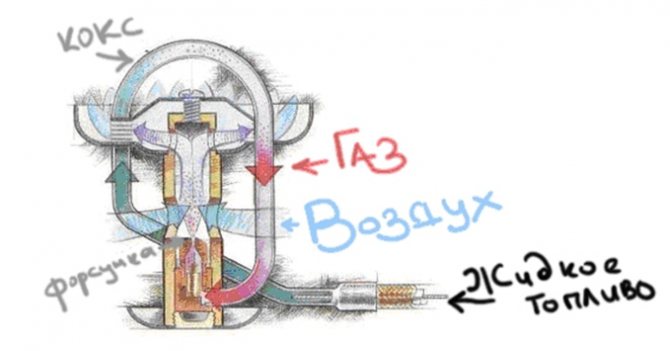

Impurities precipitate as a solid on the burner walls. In the beginning this leads to more "nervous" burner operation, intermittent flame. Symptoms like these should prompt the user to clean the burner immediately. When using medium quality fuel, cleaning should be done once every 10-12 cooking cycles. It is useful, if you use "foreign" fuel, to carry out preventive cleaning even without signs of coking.
On burners with a container under the burner, coking is usually not a problem. Such devices usually do not require deep cleaning and periodic disassembly.
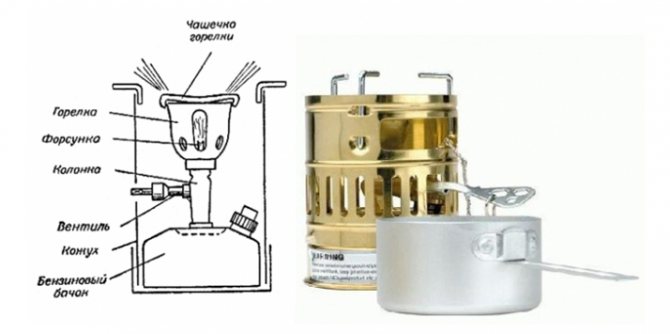

I advise you, first of all, to trust your observation and caution and not to be led by popular opinions. For example, the fact that kerosene is much better than regular gasoline. Kerosene also comes in a variety of qualities and can lead to clogging and even burner failure.
Burner preheating
Unlike a gas burner, liquid fuel structures must first be warmed up. In this case, soot can be released and the burner can also become clogged. How does the burner warm up?
Option 1. Fuel from the burner tank. With the help of a pump, you create pressure in the tank and unscrew the valve. Fuel is sprayed out of the nozzle and onto the heating cup. After that, the fuel supply valve should be closed and the supplied fuel should be ignited. This warms up not only the injector, but also the fuel line.
Option 2. Additional use of dry alcohol or other extraneous source for heating. Greatly facilitates a cold start.
It should be borne in mind that when heated, soot is released, which peeling off can cause clogging of the nozzle. There is nothing wrong with that, the nozzle is cleaned with a needle if necessary, and further heating the nozzle red-hot fights carbon deposits.
How to properly clean the burner?
Most multi-fuel systems with a remote cylinder have a special metal cable inside the fuel line. It performs two functions at once. Firstly, it improves the heating of the system, and secondly, it helps to clean it. If the coking of the line is already strong enough, it can be difficult to pull out the cable. To do this, you need to use a special grip that comes with the delivery, or improvised means (pliers). If the cable still cannot be removed, the line should be heated on another burner (if it is not there, then using a different heating source). When heated, the system expands and retrieval usually occurs without problems.
After removing the cable, it is necessary to ignite it red-hot on a flame. This will remove the accumulated coke. Then insert and remove the cable several times. For a more thorough cleaning, you can unscrew the nozzle and flush the system with fuel from a cylinder under pressure. After flushing, clean the system with a cable several times and screw the nozzle back into place.
If it is necessary to clean the nozzle, use the special needle included in the delivery set. Typically, the nozzle can be cleaned with a needle when it is assembled.Keep in mind that most multi-fuel units have several replacement nozzles of different diameters, which should be changed depending on the fuel you are using.
As you can see, there is nothing particularly "esoteric" and inaccessible to the average user in caring for multi-fuel equipment.
Basic rules for the maintenance and operation of multi-fuel burners
1. If your burner is capable of running on gas, use this opportunity whenever the opportunity arises. Gas reduces the life of your device the least of all fuels.
2. If it is not possible to use gas for cooking, wherever possible, use a special refined fuel (White Gas) for burners or such fuels as gasoline "galoshes", White spirit and similar fuels of high purity. In addition to extending the life of the burner, you will save yourself from the pesky pesky smell of fuel.
3. When working on liquid fuel, lighting / cooking in the vestibule of the tent or in the tent itself is strongly discouraged, since this is associated with a very high risk of fire.
4. Perform preventive cleaning of your burner even if you do not notice any obvious signs of carbonization. When using purified fuel (White Gas) several times a season (depending on the intensity of operation), if you use “improvised fuel”, then once every 10-12 cooking cycles or when signs of contamination of the line / nozzle appear.
5. Disassemble and assemble your device as carefully and carefully as possible using special tools. There is a possibility of damage to threads and structural elements.
6. When traveling, try to use burners of the same model, thereby using the possibility of interchange of parts and unification of the tool.
7. Lubricate the pump at least once a season. SPECIAL grease .
If you follow these recommendations, you will be able to avoid the specific inconveniences associated with the operation of such equipment as much as possible.
Choosing a multi-fuel burner
Practice shows that often the main criterion when choosing such a device is the subjective experience of familiar tourists or a sales assistant in a store. Unfortunately, this experience is absolutely not something that guarantees the success of your device. It seems to me that the point is in the following factors.
On the one hand, multi-fuel burners are bought for "serious" use, usually away from civilization. Therefore, reliability is fundamental. On the other hand, according to the majority of experienced users of such burners, their reliability is almost 80-90% determined by the quality of the fuel used (and when using local fuel, this is always a lottery) and skillful and timely maintenance.
So the chilling story about how a certain burner broke down on the fifth day of hiking on the tundra (climbing, rafting, etc.) does not mean that it is bad and cannot be bought. After all, most likely, it is out of order due to poor quality fuel / maintenance.
This I mean, if you want to buy more, you can find a negative review for almost ANY model of the burner on the market. Therefore, a certain amount of healthy sports fatalism when choosing / buying will benefit your psyche.
Nevertheless, in my opinion, if reliability is really of paramount importance to you, it is worth discarding innovative, fresh, “revolutionary” models for which there is no accumulated statistics and staying on something that has been tested by time and people.
As for other selection criteria, I would advise you to pay attention to the following when buying:
- simplicity of design (all the same, sooner or later you will have to service);
- weight (a backpack is never too light);
- burner power (a more powerful burner cooks faster and can be used for more people; I do not advise looking at anything less than 2 kW);
- Is there a sensible windscreen (a very important accessory, it's nice when it is included in the price of your device and is made especially for it; there is a heat-reflecting windscreen that reduces cooking time);
- availability of spare parts from the representative to this model (very important).
In some conditions of travel, hiking and expeditions, multi-fuel burners can be practically no alternative source of cooking. They are indeed more difficult to maintain and operate than conventional gas burners. But you should not be afraid of this. By applying the basic rules of use, you get a truly all-weather, reliable kitchen system that you can take with you to the most remote corners of the world from civilization. I wish you to make a useful choice for yourself and make your Great Journey!
The author of the article is Sergey Lakhotsky.
Evaporative burners
The principle of operation of evaporative burners is similar to the operation of equipment with gasification of liquid fuel. The difference is that in evaporative models, fuel vapors do not accumulate under pressure, but are immediately burned.
The fuel is heated in an open vessel. In this regard, the fire hazard of equipment operation is reduced.
By the way of heating and evaporation of fuel, evaporative burners are divided into two types - open and closed. Despite the use of the same principle of fuel combustion, their designs differ significantly from each other.
Algorithm of operation of an evaporative burner of an open type
The fuel storage tank is located above the burner. This eliminates the use of a fuel pump - the fuel is supplied by gravity to the evaporating surface, which is located directly at the bottom of the combustion chamber. It is a flat surface with a large evaporation area. Fuel vapors are ignited by an external source (automatic igniter or match). Next, the required amount of air is supplied to maintain the combustion process. Due to the increase in temperature, the evaporation process becomes more intense, and the release of thermal energy begins.
Combustion air can be supplied in either forced or natural way.
The process of supplying fuel to the evaporating surface is controlled by automatic systems with fuel overflow protection. For this, a float, dispenser and other sensors are used.
Varieties of diesel burners
In the domestic boiler industry there is a wide variety of diesel burners, which are used depending on the chemical composition of the fuel and the design of steam generators - water-to-water and steam-to-water.
Burner classification by power: single-stage, multi-stage and modulated oil burners. The first simplest and most inexpensive devices with a single full power mode.
Among multistage devices, the most widespread are two-stage devices operating at full or 50% power. The automation level allows you to switch from mode to mode while the boiler is operating. With a decrease in heat consumption, the burner switches to low mode, thereby smoothing temperature fluctuations in the main heating system. Such work is possible with boilers with a heating capacity not exceeding 80 kW.
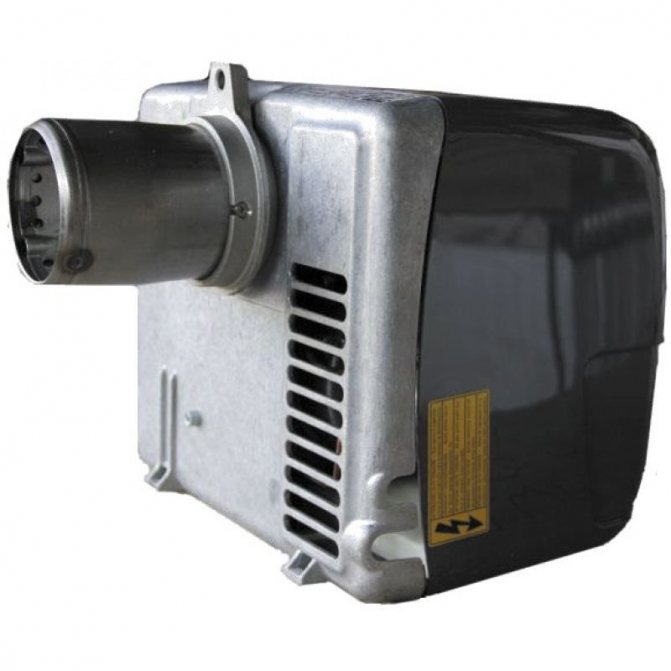

Diesel burner for oil boiler
Modulated - devices with a wide level of power variation, are able to smoothly regulate the temperature regime. Due to their high precision and complex design, they are used for high power steam generators.
The modular burner automation kit includes:
- Flame detection and combustion control;
- fan air supply control module;
- combustion chamber cleaning system;
- temperature and pressure sensors on the circuits of the primary and secondary coolant;
- pressure sensors in the fuel network;
- safety devices, shut-off valves and alarm system.
In the event of an emergency, the sensors give a signal to the shut-off valve, which stops the supply of diesel fuel to the boiler and returns it to the tank through the circulation line. At the same time, an alarm sounds to alert operating personnel. The operation of the diesel burner and the boiler unit as a whole depends on the availability of a permanent source of electricity, therefore such systems are equipped with a backup power supply.
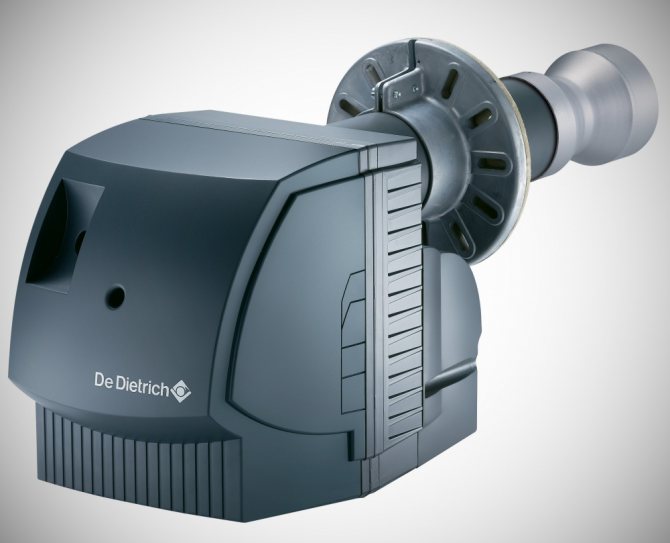

Diesel burner for boiler
Closed-type burner operation algorithm
Fuel evaporation in a closed-type burner occurs due to heating from the heat released in the boiler combustion chamber. But the fire does not come into direct contact with the fuel, heat exchange is carried out through a metal partition.
Scheme of operation of a closed-type evaporative burner: the fuel tank is located in the upper part to ensure the gravity flow of fuel into the evaporator. The fuel level in the evaporation chamber is regulated by automatic float systems and emergency drains.
The evaporation burner is ignited by means of an igniter. Blowing air is supplied to it, the flow of which, due to ejection, sucks fuel. Then the air and the combustible liquid are mixed, sprayed and fed into the combustion chamber, where a pieza or match ignites.
The pilot flame heats the fuel in the vaporization chamber and the vaporization process begins. After the process of fuel vaporization reaches a steady state, gas (vapors) is supplied to the furnace, and the igniter is extinguished. The intensity of combustion is controlled by valves that reduce or increase the amount of vapor supplied to the boiler furnace.
The closed circuit of the evaporative burner operation is safer, since it is impossible to ignite the fuel due to overflow, as in an open type burner.
Read about the differences and features of the installation of autonomous heating of a house and an apartment in a high-rise building in the article.
You can read how to make an autonomous heating of a garage with your own hands at the link -
Also read on how to descale an electric boiler.
Advantages and disadvantages
Advantages of universal oil burners:
- increased efficiency;
- complete combustion of fuel;
- the ability to work without forced blast.
Disadvantages of universal oil burners:
- increased fire hazard;
- fine tuning of equipment operation;
- high pressure coke release;
- high price.
The use of liquid fuel boilers is a fairly effective way of heating, provided there is constant access to cheap fuel. When operating boilers on liquid fuel, less harmful emissions are emitted than when operating solid fuel counterparts.

